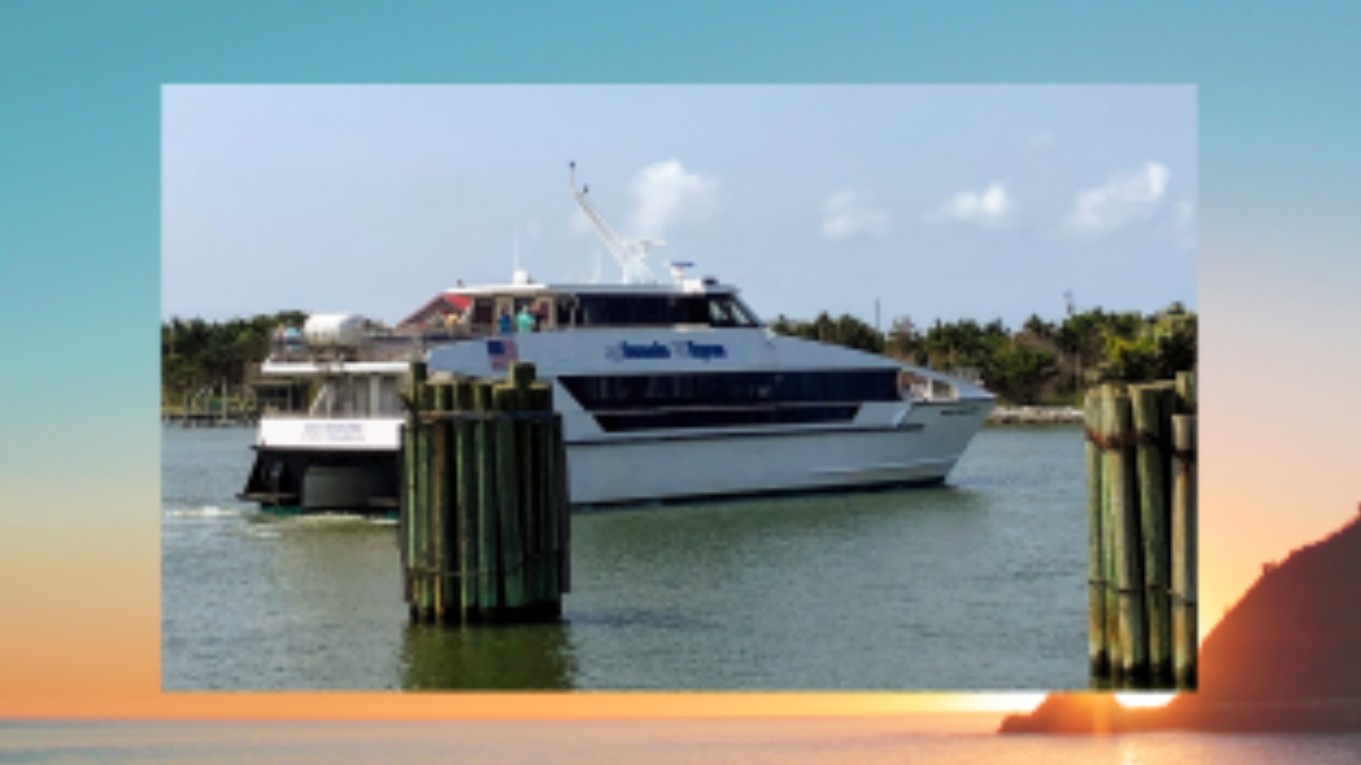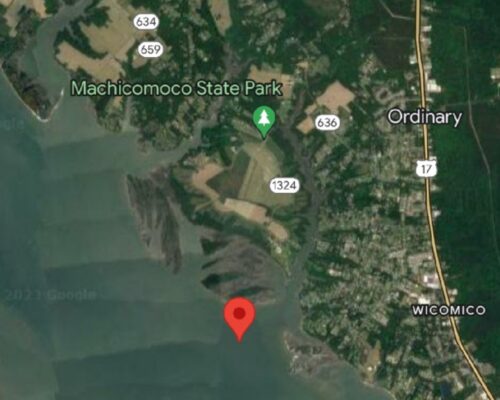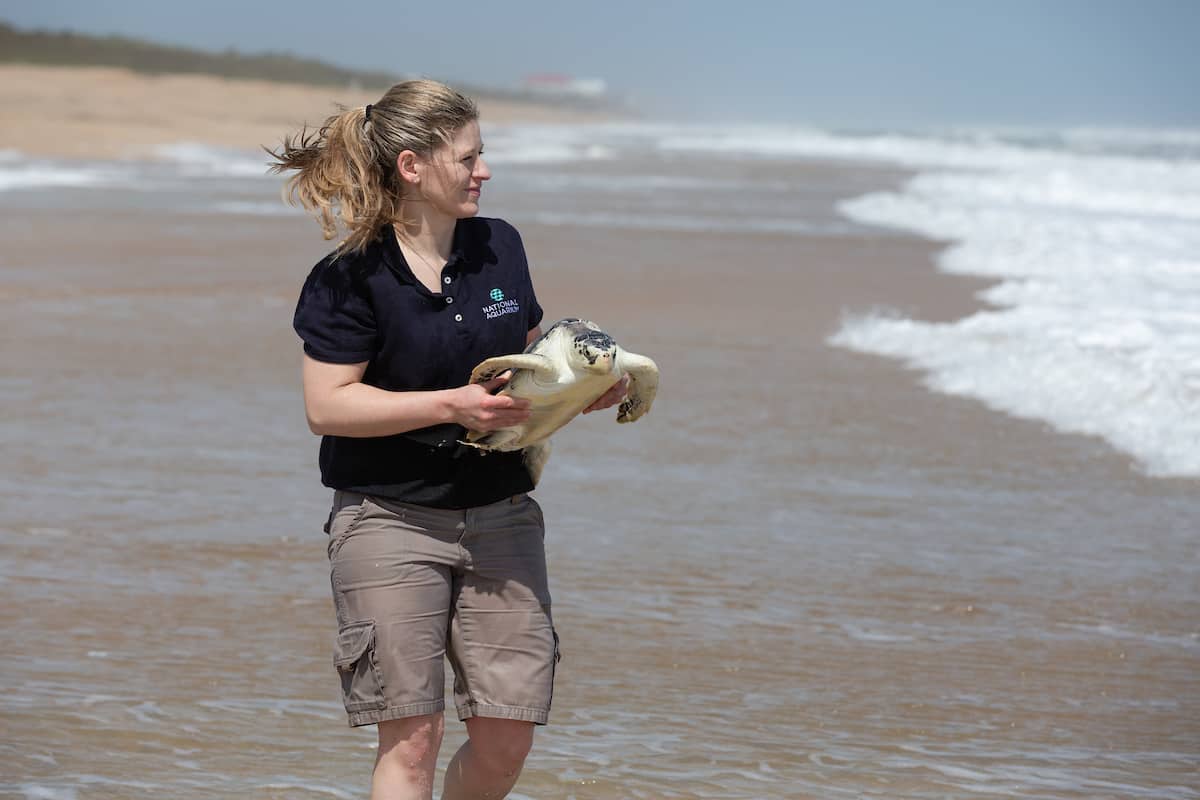The story of Steven Callahan’s real-life survival at sea has captivated boaters for decades, and now, there’s a chance to watch it play out on the big screen. 76 Days Adrift, a feature-length documentary coming to the Annapolis Film Festival this month, recreates the events of 1981 that should have cost the young sailor his life—but for his relentless will to live.
Callahan, a young adventure sailor in the 1980s, defied the odds (and then some) when he was forced to abandon his 21-foot, homebuilt sloop during an attempt at the Mini Transat single-handed race. Yanking his ditch bag and himself into an oversized life raft as his sailboat sank in the ocean somewhere off Northern Spain, he began a quest to survive until he was rescued or ran into land, whichever happened first. Ultimately, he would spend a seemingly impossible 76 days afloat, eventually drifting 1,800 miles to the island of Marie Galante near Guadeloupe, where he was rescued by fishermen.
Callahan first told his own story in the bestselling 1986 book Adrift: Seventy-six Days Lost at Sea, aided by the detailed logs he kept while he was stranded. It was this book that filmmaker Joe Wein found in a used book shop in Los Angeles, and came up with the ambitious idea to dramatically recreate Callahan’s 76 days afloat in a realistic documentary film.
Wein took on the challenge with few resources: he had no sailing or ocean-going background, no big-Hollywood budget, and even Callahan had to be convinced that making the film was a good idea. A fortuitous connection with Oscar-winning film producer Ang Lee (Life of Pi, Hulk, Brokeback Mountain) solidified the relationship, and Lee came on board as Executive Producer. Wein calls Lee a “white knight” who ultimately helped bring the film to a bigger audience.
The most obvious difficulty in turning Callahan’s story into a film was the lack of visuals, aside from some historical footage from the start and end of his journey. Not only were there no videos or photos at all from Callahan’s months in the raft, nearly all the equipment he used to survive is now decades outdated, so examples were nearly impossible to find. Still, Wein believed that telling Callahan’s story was worth the trouble, and he began a multi-year process of collecting the exact model of life raft, post-Vietnam-era water filtering solar stills, and any other equipment Callahan had on board in 1981.
Finding exact replicas was important, Wein says, because the successes and failures of the tools in the life raft determined Callahan’s fate. “The equipment itself was a set of characters,” Wein tells us, “…they were introduced and then passed away.”
Wein put an incredible amount of effort into the verisimilitude of the film. “It’s all about the minutiae,” he tells Chesapeake Bay Magazine. To get it right, the filmmaker wrote a 50-page list of questions for Callahan and conducted 25 hours of interviews.

When it came time to recreate the 76 days adrift, Wein knew what he needed to capture. Filming in St. Croix, the crew used an underwater camera and a drone camera to get realistic shots of the raft’s isolation, the fish under the boat, and the far-off ships that never did see Callahan hailing them.
For the closeup shots inside the raft, Wein acted as Callahan himself while holding a camera. And he went through a lot of the discomforts Callahan did (albeit over a much shorter time span). Wein says when you see an arm or a leg with a gash on it, that’s real. The rusting and breaking of equipment over time, that’s real. Wein grew a beard and even dramatically cut his own food intake to lose 25 pounds in resemblance to Callahan’s weight loss in the raft.
Wein says he wouldn’t have been able to achieve a believable reenactment without the help of the sailing community throughout the process. Real-life sailors taught Wein to tie knots. They told him what he was getting right and which small tweaks would make his portrayal even more accurate. In all, Wein and his team labored for seven years to make the film. Watch the trailer here:
Despite the outcome being known from the start of the film, the story is powerfully suspenseful as we wonder, day by day, how the sailor can possibly get himself out of the next pickle. In the end, Callahan’s ability to adapt, problem-solve, and hold onto hope allow him to overcome unthinkable odds.
It’s the positive outcome boaters would hope to see come of every Man Overboard case, and it’s how we would all hope to carry ourselves in Callahan’s position. Legendary Annapolis sailor and Film Festival Board Chairman Gary Jobson helped select the film from several choices, knowing it would resonate most with the Annapolis sailing community. “We can all relate,” he says. “Everybody’s been on the water. We all wonder how we would react in his situation.”
76 Days Adrift will be featured in the Annapolis Film Festival’s Sailing Showcase. Jobson will lead a discussion with Callahan and Wein after the film’s screening. We asked Jobson what he most wants to ask Callahan about the experience. Jobson says he wants to know, “Did you ever think you weren’t gonna make it? Did you ever think, ‘I’m doomed,’ and how did you overcome that?”
It will be a rare opportunity to hear firsthand how Callahan mentally and physically outlasted all expectations. Get tickets here for the Sailing Showcase Film. For future screening opportunities, follow the film at 76daysadrift.com.




